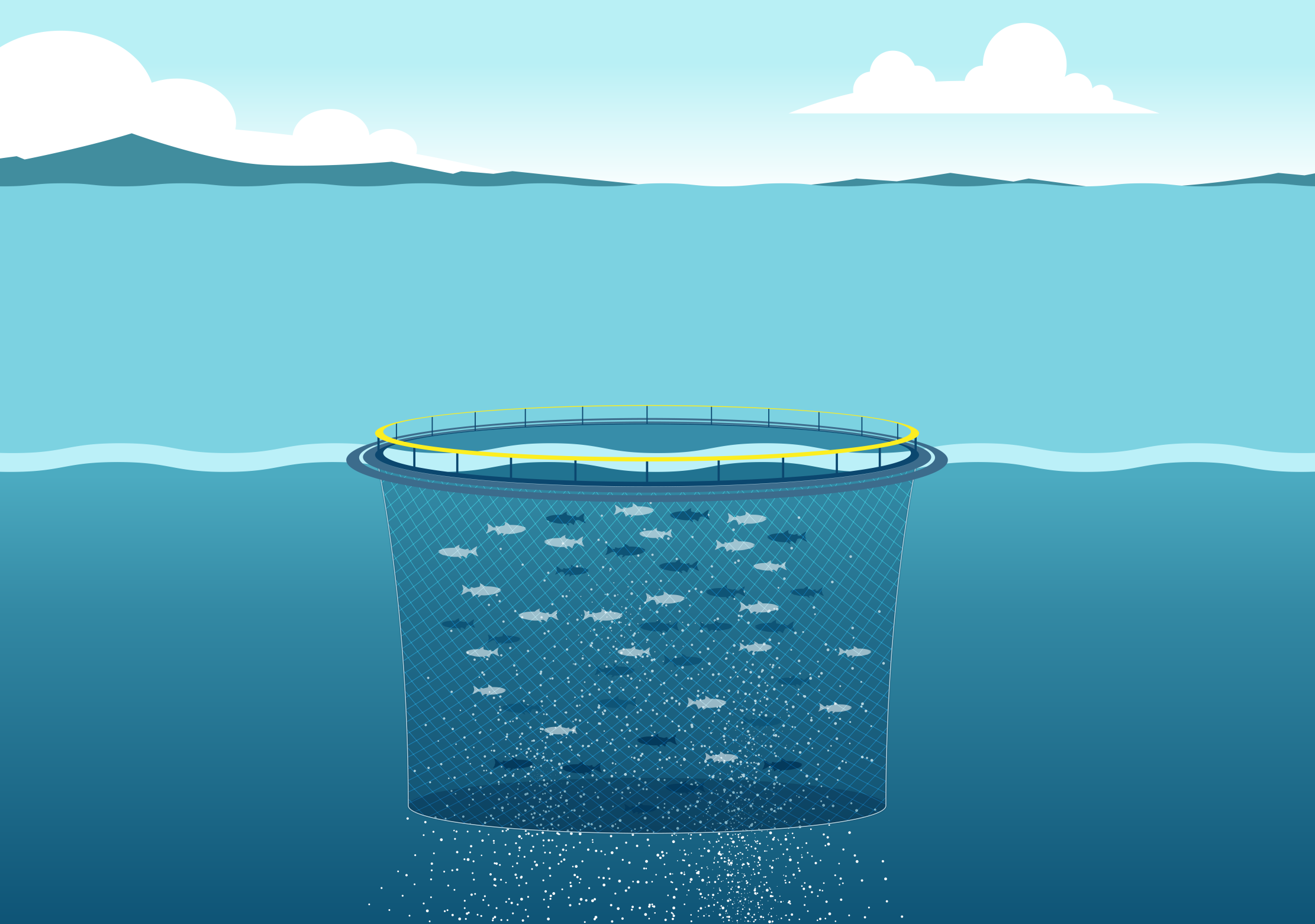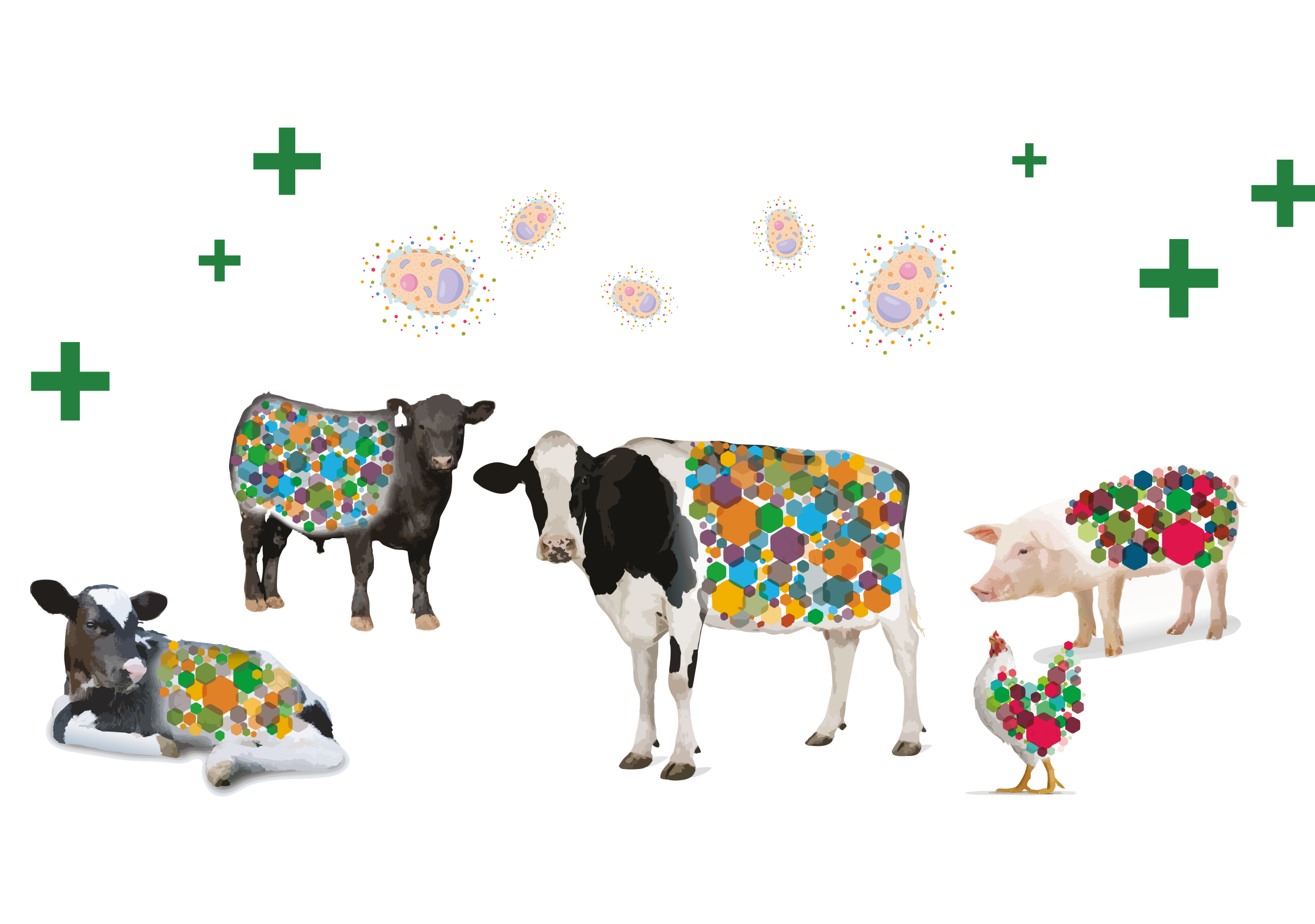Climate change has become a topic of public discussion, no longer confined to scientists and politicians. Various stakeholders, including environmental NGOs and industry representatives, hold different perspectives on how to address climate change. This web of actors and ideas in a given political debate, combined with their interactions, is called a discursive field. Discursive fields influence our thinking and determine whether certain ideas gain political traction. They can enable or constrain the ability of political institutions to adopt new policies. As agreeing on efficient climate change policies becomes increasingly urgent, it is vital that we consider how discursive fields impact climate change policy. Read More
In their recent research, Dr Laurie Durel and Laure Gosselin compared two policy proposals of the European Green Deal – a strategy to transform the European economy and strengthen sustainable development.
The first is the Carbon Border Adjustment Mechanism, which deals with the carbon footprint of some products coming into Europe. The second is the reform for a greener Common Agricultural Policy, which aims to make farming in Europe more environmentally friendly. They analysed the discourse around these policies, and how they have changed over time. In doing so, they aimed to grasp the factors enabling substantial policy change. They investigated how existing conversations about climate change shape new policies.
Durel and Gosselin found that policy change is evident in the Carbon Border Adjustment Mechanism policy, the world’s first broadly applied carbon import fee. In contrast, continuity prevails in the Common Agricultural Policy, which builds on existing mechanisms and fails to set greenhouse gas emission reduction targets for the sector. They offered explanations for this difference.
They identified two key elements that favour policy change:
1: Ensuring that policies align with pre-existing ideas in policy debates and reflect stakeholders’ concerns.
2: The intervention of political actors who can help bridge various perspectives or interests.
The European Commission introduced the Carbon Border Adjustment Mechanism as a balanced policy that would take strong action on climate change, while addressing concerns about competitiveness. As the proposal didn’t clash with the main conversations around climate change, it brought together groups previously divided on climate issues to support the policy.
In contrast, when the discursive field is highly polarised, policymakers struggle to reconcile conflicting views on how to define the problem, resulting in climate policies that are unlikely to stray far from the status quo. The conversations about the Common Agricultural Policy exacerbated existing tensions around the responsibility of the agricultural sector in climate mitigation, making it difficult to bridge gaps between different European actors.
This research reminds us that simply introducing an innovative policy is not enough. Policymakers must be attuned to the broader context, the various stakeholders involved, and the ideas structuring a debate. These conversations shape the trajectory of policy debates and, ultimately, the likelihood of policy change. If the EU is to become the first climate-neutral continent by 2050, listening to the concerns voiced by those directly affected by policy is essential.







